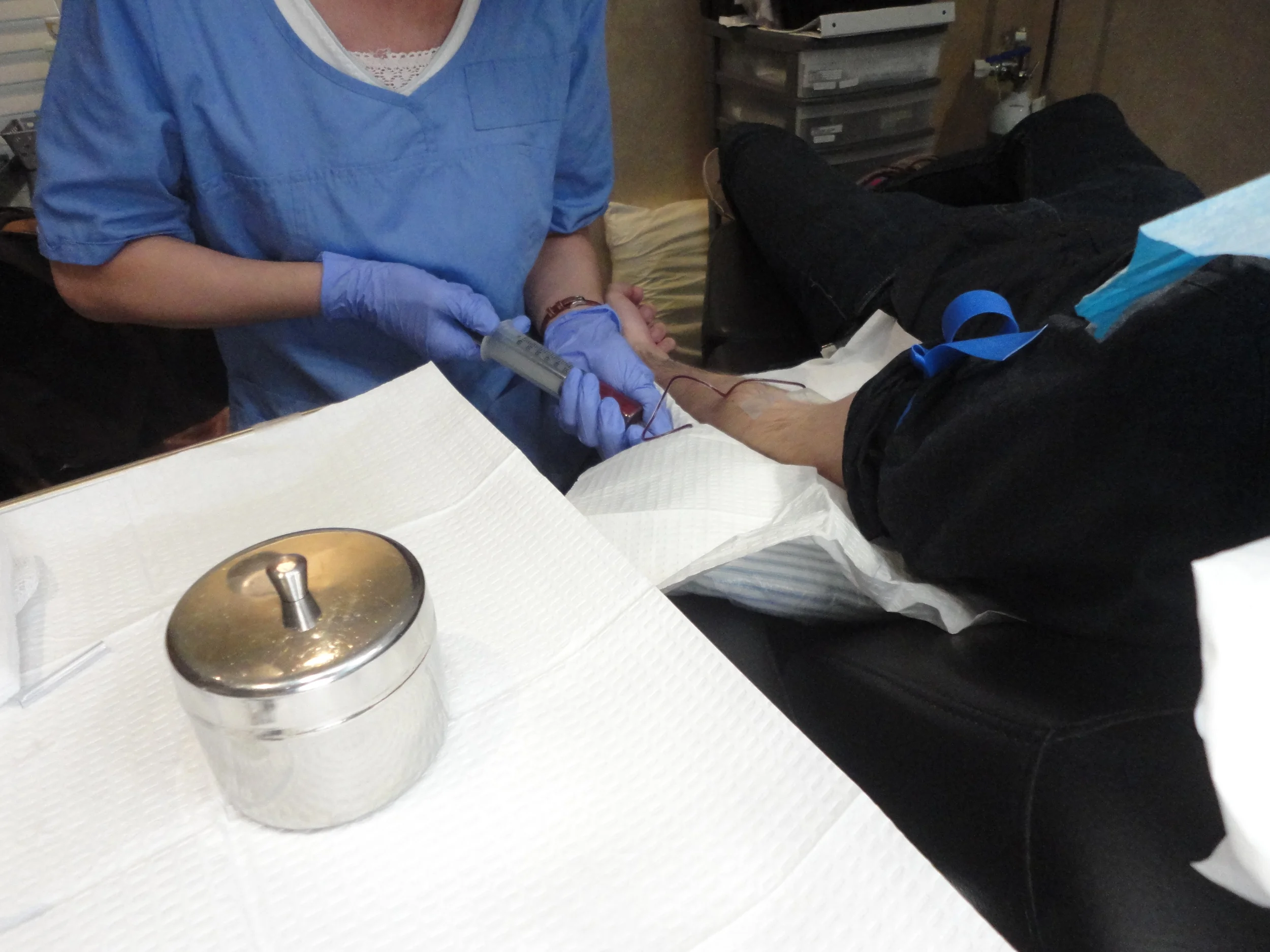Doc, have you ever heard of this treatment?
There are literately thousands of treatments available for hair loss and hair care and literately thousands of them of have no clear benefit or have marginal benefit only. Suppose you are sitting at a restaurant and you overhear someone comment at the next table comment that rinsing of the hair twice daily with the extract of 4 specific vegetables has done wonders for the hair.
Should you try it out?
At first thought you might think... 'It probably can't hurt... and if it helps... great!" But what if I told you that I've seen over 150 patients in the last 2 years alone with hair loss that never recovered because of treatments they thought "couldn't hurt."
When it comes to deciding on hair loss treatments, I generally advise my own patients and the public to think in terms of these principles. I call them my Rules of Safety.
Rules of Safety
If the treatment has been reported in the medical literature to have clear benefit in more than 1500 patients, AND has more than 10 scientific publications to back up the claim that it “works”, AND has been around more than 5 years AND has FDA approval
ask your general physician, dermatologist or hair specialist about whether you should use it. I like to call it a group A treatment.
If the treatment has been reported in the medical literature to have clear benefit in more than 75 patients, AND has more than 4 independent scientific publications to back up the claim that it “works”, AND has been around more than 5 years
ask your dermatologist or hair restoration specialist whether you should use it as an ‘off label' treatment. I like to call it a group B treatment.
If the treatment has been reported in the medical literature to have benefit in less than 75 patients, AND has less than 3 independent scientific publications to back up the claim that it works,
ask your dermatologist or hair restoration specialist whether there are clinical trials or clinical studies available for you to participate in. I like to call it a group C treatment.
If the treatment has never been reported in the medical literature to have benefit and there are no independent scientific publications to back up the claim that it "works"
ask yourself… “Why am I doing this?”
I like to call it a group D treatment as a reminder - don't !
















